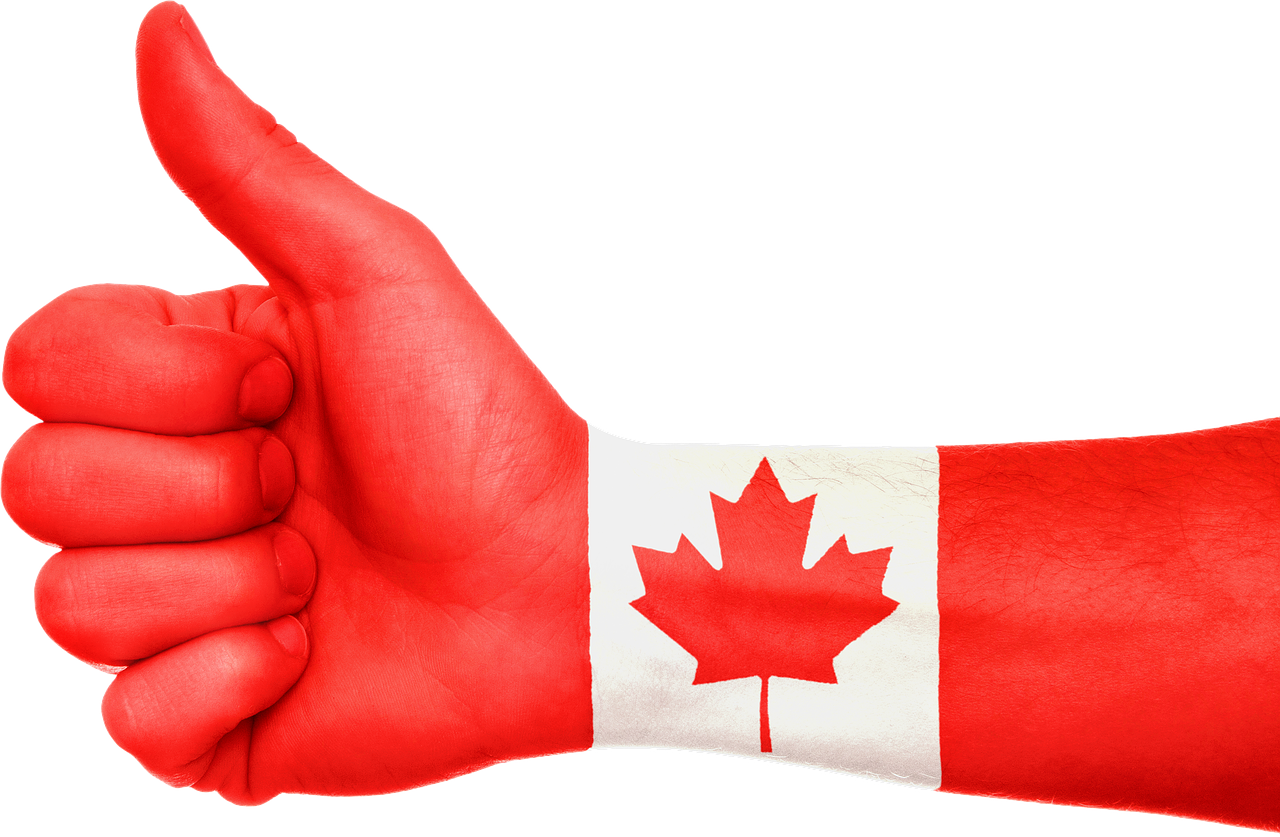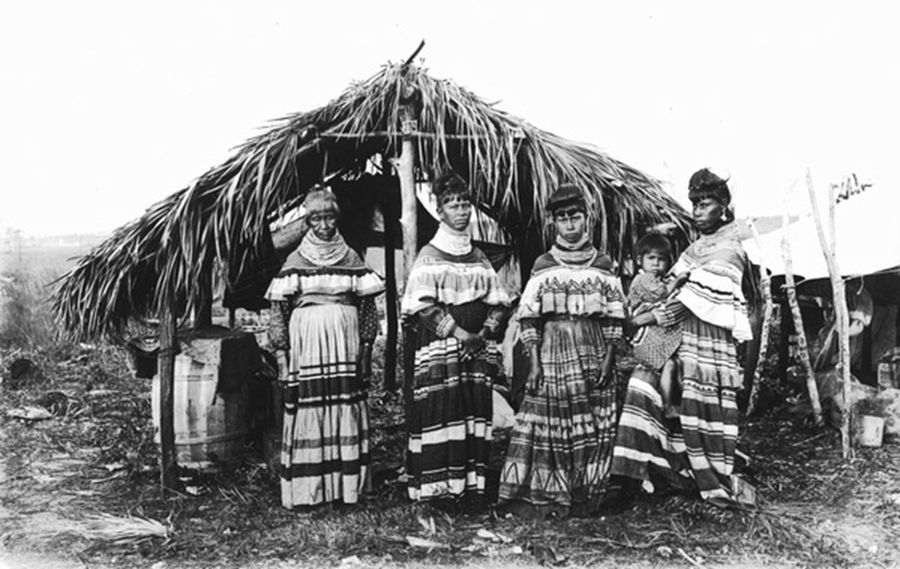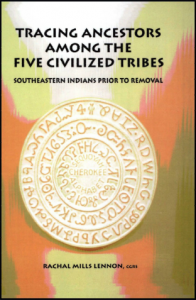By Joe Garonzik
In 1663, England’s King Charles II ceded the Carolinas to Anthony Ashley Cooper and seven other proprietors who had supported the Stuarts in ending the Cromwellian Revolution and returning Charles II to the throne. Notwithstanding the 16th-century exploits of Sir Walter Raleigh and legendary Virginia Dare, it was a group of Virginians who established North Carolina’s oldest settlement along the Albemarle Sound in 1653–a full decade before the installation of the Lord Proprietors.
The Crown divided the Carolinas in 1691, although North Carolina would not receive its own governor for another 20 years. British, Huguenot, German and Swiss populated the North Carolina tidewater during the first half of the 18th-century. New Bern, established primarily by Germanic immigrants under the impetus of Christopher de Graffenried, would become the largest city in the colony. Large numbers of Scots Highlanders and Scots-Irish, many by way of the Great Wagon Road through Pennsylvania and into the Shenandoah Valley, populated the western part of the colony. Eighteenth-century North Carolina was also noteworthy for its large Quaker population and for Wachovia, a Moravian settlement in Forsyth County.
Read moreRich Genealogy History in Carolina Origins




 By Rachal Mills Lennon
By Rachal Mills Lennon


